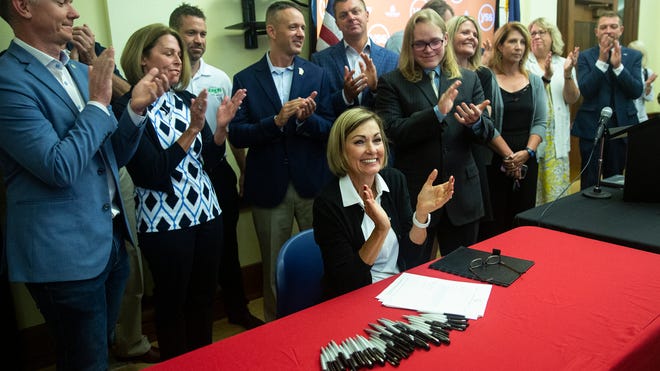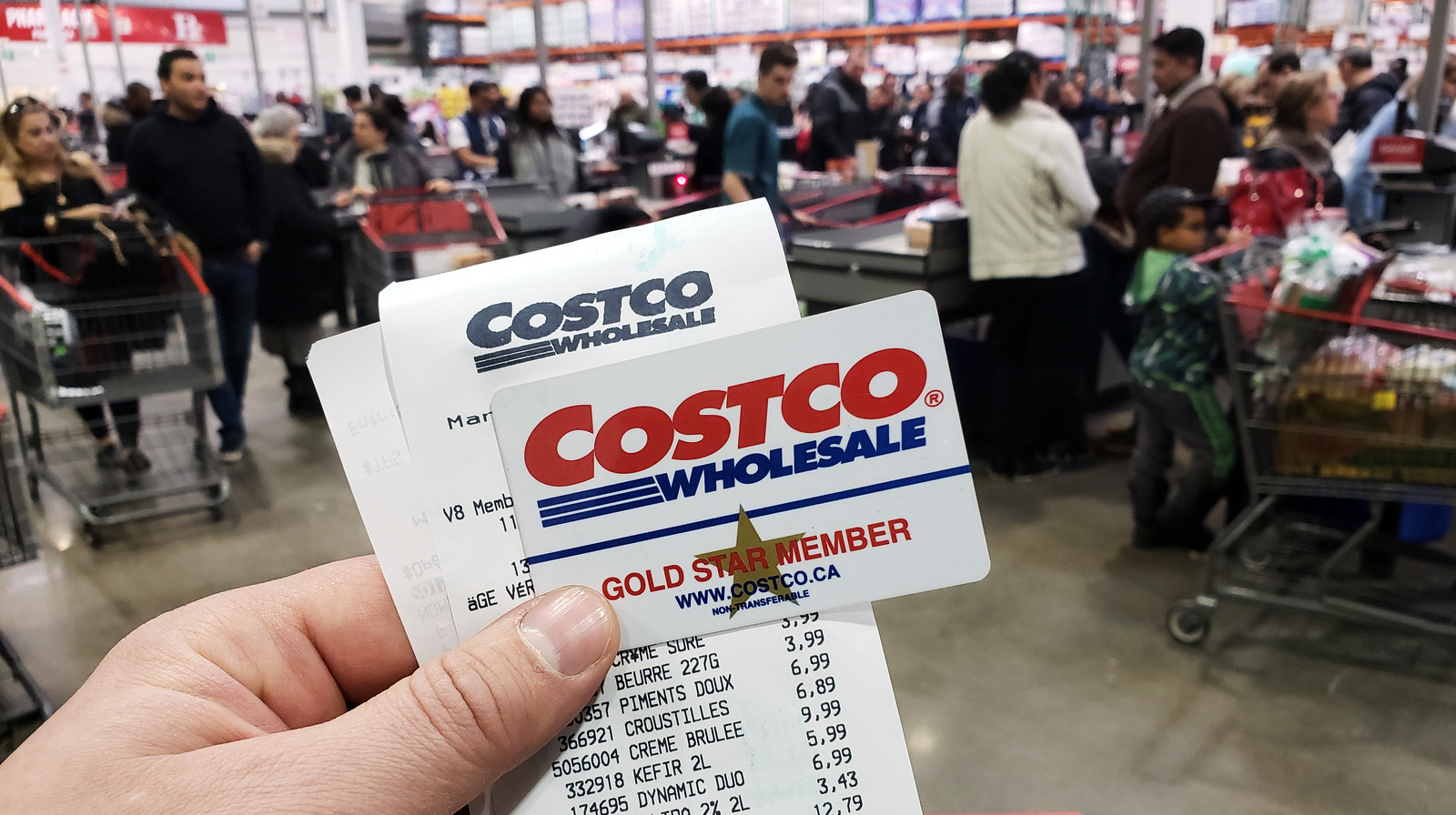WASHINGTON (AP) – As road deaths rise in the COVID-19 pandemic, the federal car safety agency struggles with a growing backlog of Congress-mandated safety regulations that are years overdue and could save thousands of lives.
A governor’s highway safety group says the United States is facing a “car crash epidemic” as safety regulations weaken.
An Associated Press review of regulations by the National Highway Traffic Safety Administration under the last three presidents found that at least 13 auto safety rules were overdue, including a 2012 Congress requirement for rear seat belts that implemented by 2015 should be.
David and Wendy Mills wonder if their 16-year-old daughter would be alive today if the seat belt warning rule had been in place.
Kailee Mills was driving in the back seat of a car to a Halloween party just a mile from her Spring, Texas home in 2017 when she opened her seat belt to slide next to a friend and snap a selfie. Moments later, the driver came off the road and the car overturned and threw her out.
She died instantly. Her three friends, who remained buckled, walked away with small scratches.
“It shouldn’t take the government that long to act for safety,” said David Mills, who set up a foundation in the Houston area in honor of Kailee to promote seat belt safety. The foundation maintains a list known as “Kailee’s Angels” of teenagers across the country who died in car accidents after failing to use seat belts.
This rear seat belt regulation, estimated to save hundreds of lives every year, is slated to go through the cumbersome regulatory process in January. The agency has repeatedly missed deadlines in the past, even those promised in federal courts.
The ever-increasing backlog is one of the biggest tests for the federal agency since it was founded in 1970, when public pressure, led by safety activist Ralph Nader, fueled the NHTSA’s mission to “save lives, prevent injuries and reduce the economic costs of road accidents to lower”. Proponents fear that his mission under President Joe Biden could stall at a time of escalating traffic accidents during the COVID-19 pandemic.
In many cases, the delayed rules are rejected by powerful industries as expensive, outdated or restrictive. Other pending regulations have been slowed down by bureaucracy or have pushed other priorities into the background. President Donald Trump has diverted at least four key road safety proposals in development, such as medical exams of truck drivers for sleep apnea.
One of the rules awaiting action by the NHTSA is a directive on side impact standards for child car seats that was originally due in 2014. In July, a group of attorneys general from 17 states and the District of Columbia wrote to the Biden administration to take immediate action and call the delays worrying and unacceptable.
Others would require automakers to keep a record of safety deficiencies for at least 10 years and take anti-ejection safeguards for larger buses. The standards for self-adjusting “intelligent” car headlights that began in 2018 are incomplete despite support from the automotive industry.
“It’s frustrating,” said Jonathan Adkins, executive director of the Governors Highway Safety Association, which represents state highway safety bureaus, and says the accidents are an epidemic. His group has been advocating rear seat belt reminders since 2015, noting that fewer passengers then buckled up when driving in Uber, Lyft, and other rented vehicles.
The $ 1 trillion bipartisan infrastructure bill pending in Congress, with its extensive technological requirements, could expand the NHTSA’s record, from new breathalyzer devices to disable a car when a driver is drunk, to stricter standards for reporting safety recalls .
The federal authority with 600 employees no longer has a permanent head since 2017. Steven Cliff, a former vice chairman of the California Air Resources Board, which regulates auto emissions, is the temporary head.
“We need an NHTSA administrator who is certified and has the political ability to get some things done,” Adkins said. “We are in a bad position in terms of road safety. We are busy. And we need the administration’s attention. “
NHTSA, part of the Department of Transportation, declined to comment on the growing backlog. The agency instead released a list of steps it has taken to improve car safety, including the recently announced proposed fuel economy standards that Biden has promoted to address climate change.
The agency partially points to plans to require or set standards for automatic emergency braking systems for new passenger cars and heavy trucks, move forward a reversal of the Trump administration and some of the belated regulations, despite not offering firm guarantees at the time. The NHTSA is committed to demanding strict test standards for autonomous vehicles and establishing a national database to document accidents involving automated vehicles.
The Alliance for Automotive Innovation, the trade association that represents all automakers except Tesla, declined to comment. Some automakers have made advances on safety issues of their own, including the automatic braking standard and reminders to check the rear seats so drivers don’t leave children in hot cars.
An estimated 38,680 people were killed in road accidents in 2020, most since 2007, although the total number of kilometers traveled fell at the start of the pandemic. In the first three months of 2021, 8,730 people died in traffic accidents, 10.5% more than in the same period of the previous year.
Last year, according to the NHTSA, more than half of all accident fatalities were associated with drivers or occupants who were not wearing seat belts, the highest figure since 2012.
Over 800 people die each year in car accidents that are not buckled in the back seat. An analysis of the NHTSA’s data by the group of governors found that wearing seat belts would have saved over half of them.
In recent months, states have increased the use of seat belts. In Connecticut, for example, Democratic governor Ned Lamont signed a law that went into effect this month requiring passengers 16 and older to wear seat belts in the back. Younger passengers were already buckled up.
“I can’t say the US auto industry regulator is on the right track,” said Cathy Chase, president of Advocates for Highway and Auto Safety. “It is time for you to move forward.”
___
Yen reported from Washington and Austin, Texas, and Krisher from Detroit.












/cloudfront-us-east-2.images.arcpublishing.com/reuters/JEUL2B5V7BJCFMRTKGOS3ZSN4Y.jpg)



/cloudfront-us-east-2.images.arcpublishing.com/reuters/DYF5BFEE4JNPJLNCVUO65UKU6U.jpg)

/cloudfront-us-east-2.images.arcpublishing.com/reuters/UF7R3GWJGNMQBMFSDN7PJNRJ5Y.jpg)












